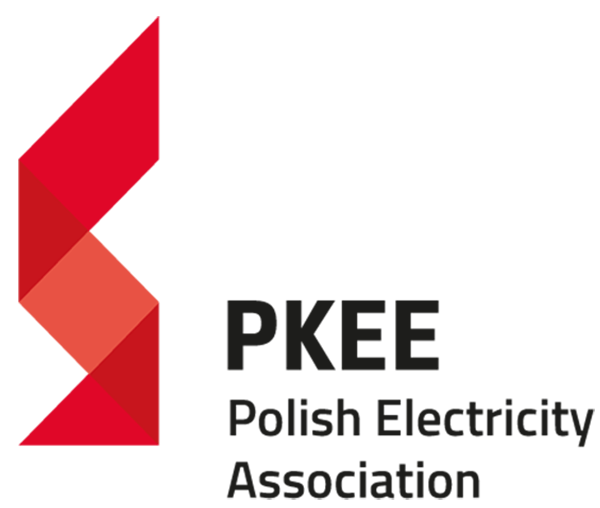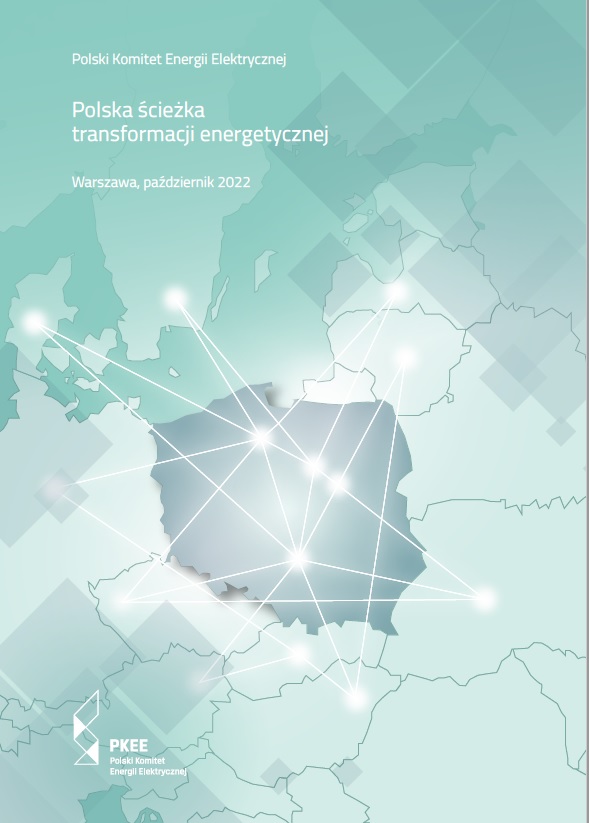Investments in the transformation of the energy market by 2030 will amount to as much as EUR 135 billion (PLN 600 billion), according to a report by EY analysts commissioned by the Polish Electricity Committee. This implies the need to support the energy companies on which the burden of Poland's energy transformation rests. Only with additional funds, primarily from the European Union, will it be possible to fill the investment gap resulting from Poland's goal of achieving climate neutrality.
The calculations made by EY experts described in the report "Polish energy transition path. "Poland's energy transition path" leave no doubt that the necessary modernisation of the Polish energy sector and the related protective measures exceed the investment capacity of Polish companies. Poland has met the EU targets set for 2020, i.e. reducing greenhouse gas emissions by 20 per cent compared to 1990. At the same time, the power sector has achieved a share of renewable sources in final energy consumption of 16.1 per cent, exceeding the EU target set at 15 per cent.
"The development of renewable energy sources is necessary if we want to build an energy industry unencumbered by the costs of purchasing CO2. Unfortunately, these are gigantic investment needs. Therefore, we are counting on the support of the energy sector with European funds." - said the Chairman of the Governing Board of the Polish Electricity Committee, PGE CG President Wojciech Dąbrowski.
The largest energy groups are currently implementing advanced, ambitious plans to develop low- and zero-carbon generation sources and distribution networks. They are taking on most of the organisational, technological and financial burden of Poland's energy transition. The implementation of investments that are strategic for the country's energy security and that change the face of the Polish energy sector is underway - nuclear projects, the largest offshore wind farms on the Baltic Sea, industrial photovoltaic farms and large-scale and local energy storage facilities.
As EY experts point out in the report, the comprehensive investment needs of the Polish energy sector, including district heating, amount to as much as EUR 135 billion by 2030. This outlook is consistent with the timetable for the implementation of the new EU 'Fit for 55' regulatory package assuming a reduction of 55% in greenhouse gas emissions by 2030 compared to 1990 levels (earlier assumptions were for a reduction of 40%).
According to EY's estimates, the investment potential of the four largest energy groups, i.e. PGE, Enea, Tauron and Energa, between 2021 and 2030 - taking into account a safe but already high level of debt - is almost €29 billion. These valuations were based on the companies' updated economic situation, an analysis of their investment plans and the associated additional cash flows. This means that, even after taking into account the great commitment of all other market participants to modernise the sector, a significant investment gap remains to be filled.

Investment gap estimate for energy transition 2021-2030 [EUR billion].
The level of its reduction will ultimately depend on the efficiency of the use of EU funds, some of which will have to be competed for. The authors of the report have calculated that under no scenario will EU funds cover it in 100% and as a result the gap will be no less than €8bn.. This is all the more so as EU funds will also be used in other sectors of the economy, such as gas and transport and by households. The energy sector will not be the only beneficiary of the available funds, and the investment gap will be further widened by the cost of investments in these sectors.

Possibility of covering the investment gap with EU and state budget funds [billion EUR].
As the authors of the report point out, the accumulation of investment expenditures will take place between 2023 and 2030 and, consequently, may significantly affect the financial condition of Polish energy companies. Planning for further development of the energy sector requires further, very strong support with funds for the continuation of the energy transition in the long term. Calculations included in the EY report indicate that, in the long term, the scale of investments and challenges for the Polish energy sector aiming to achieve zero-carbon in 2050 may amount to as much as EUR 200 billion, or more than PLN 900 billion.
Details of the findings of the report 'Poland's energy transition path' are available on the PKEE website: https://pkee.pl/en/publications/raport-ey-i-pkee-polska-sciezka-transformacji-energetycznej/.

